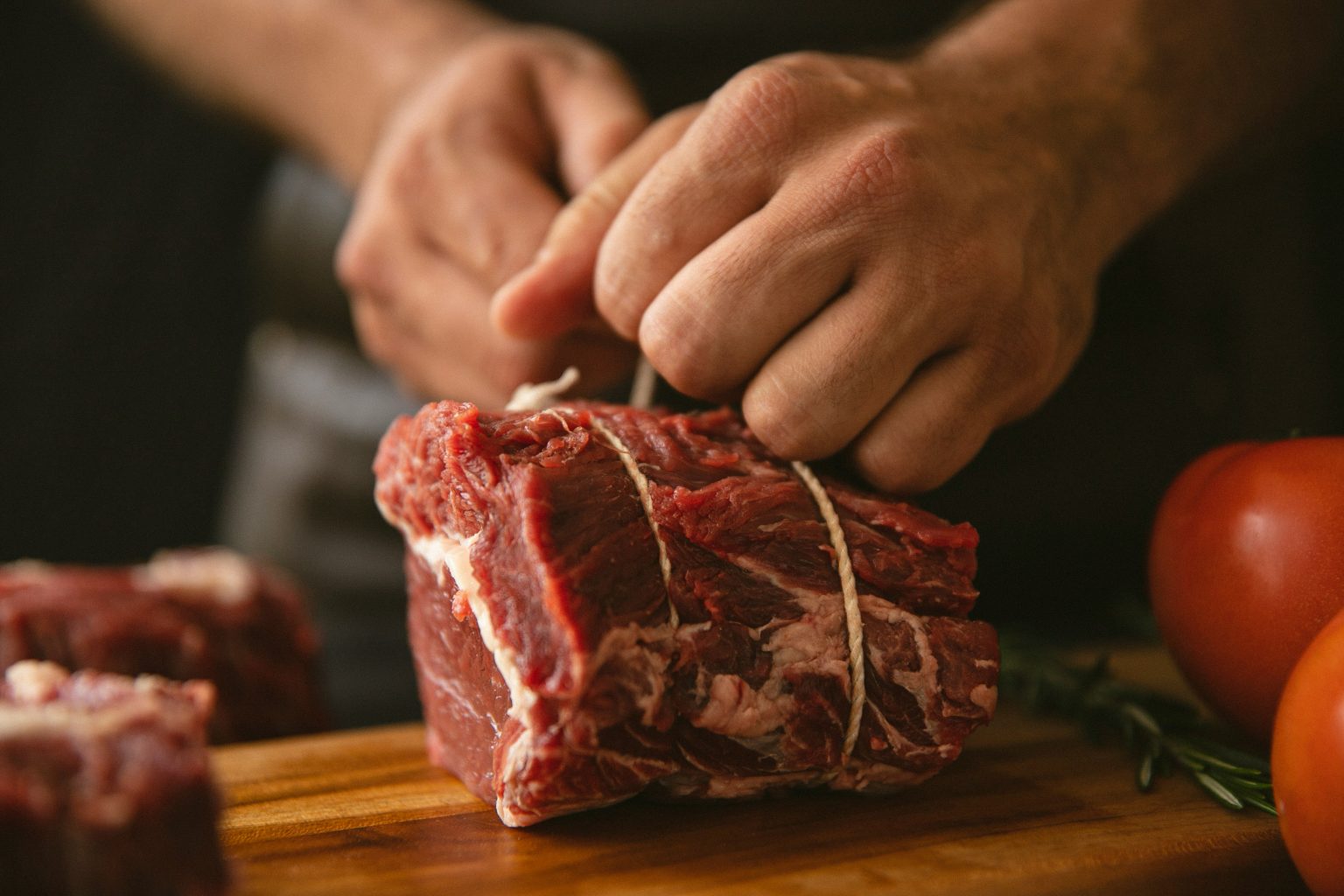Why beef costs are rising — and how supermarkets and manufacturers can reduce the pressure on household budgets
The UK’s unprecedented 27.4% year-on-year rise in beef prices (ONS figures released 19 November) is forcing retailers, food manufacturers and shoppers to reconsider how to keep everyday meals within reach, according to supply chain specialists Inverto, part of Boston Consulting Group.
While beef prices have also climbed in the United States, the scale of the increase in the UK is the sharpest recorded since data collection began in 1988.
A combination of factors has contributed to this rise. Severe droughts in the US and cattle disease in Mexico have driven global beef prices higher. In the UK, farmers have been dealing with more expensive feed, increased labour costs and higher energy prices following the conflict in Ukraine. Added to this, uncertainty around future farm subsidies and other pressures have contributed to an 8.5% decline in the number of cattle farms since 2020.
The supply squeeze is reflected in production numbers. In the quarter to September 2025, cattle slaughter fell 6% to 487,000 head, down from 516,000 a year earlier, resulting in beef output reaching its lowest point in a decade**. Conversely, pig production increased 2% over the same period, rising from 945,000 to 966,000.
Katharina Erfort, Principal at Inverto, says: “The unprecedented rise in beef prices over the last year is not something that food retailers and food manufacturers can easily absorb. These are industries that have relatively low profit margins.
“They are also loath to just pass these price rises on to customers as many families are still recovering from the cost-of-living crisis. We already see a shift to cheaper meals.”
Consumer behaviour is already shifting in response to rising costs. In the UK, purchases of beef burgers and other processed beef products have dropped 12%, while demand for minced pork has grown by 35%. Similar patterns are evident in the US, where sales of ribeye steaks have declined and demand for less expensive cuts such as chuck has risen.
Supermarkets are adapting by allocating more shelf space to lower-cost beef options like mince and reducing the space dedicated to premium cuts such as steaks. Retailers are also modifying the balance of cuts within product ranges to maintain affordability for shoppers.
Manufacturers, meanwhile, continue to expand their focus on chicken-based products, reflecting consumers’ shift away from beef and lamb. Chicken has seen a price increase of less than 4% over the past year, making it an appealing choice for cost-conscious households. This mirrors trends in the US, where chicken sales have risen sharply as beef prices continue to escalate.
Erfort explains that preventing further price rises requires retailers and producers to undertake a thorough review of their indirect operating costs, including logistics and marketing — areas that are often neglected despite representing up to 15% of revenues for retailers.
She adds that many organisations are now turning to AI to improve transparency and efficiency across their supply chains, strengthening functions such as logistics, warehousing and facilities management. Enhanced visibility over incoming products, delivery timelines and costs allows businesses to tighten cost control, minimise waste and maintain healthier balance sheets. AI can also forecast traffic conditions to optimise delivery routes, improve demand prediction to avoid overstocking and identify early signs of inflation in input costs.
